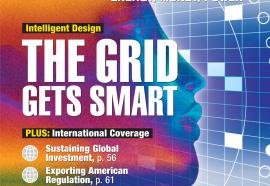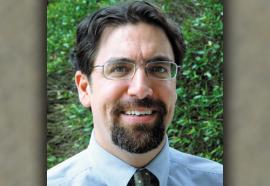Unintended Consequences
Does anyone care about rising redispatch costs?
Regional transmission organizations (RTOs) or independent system operators (ISOs) dominate the major power grids of North America, with the notable exceptions of the Southeast and Pacific Northwest. The purpose of this article is not to criticize system reliability but to highlight the more pervasive challenge today and for the future: Controlling the cost impact of decisions by grid operators on energy market participants.











